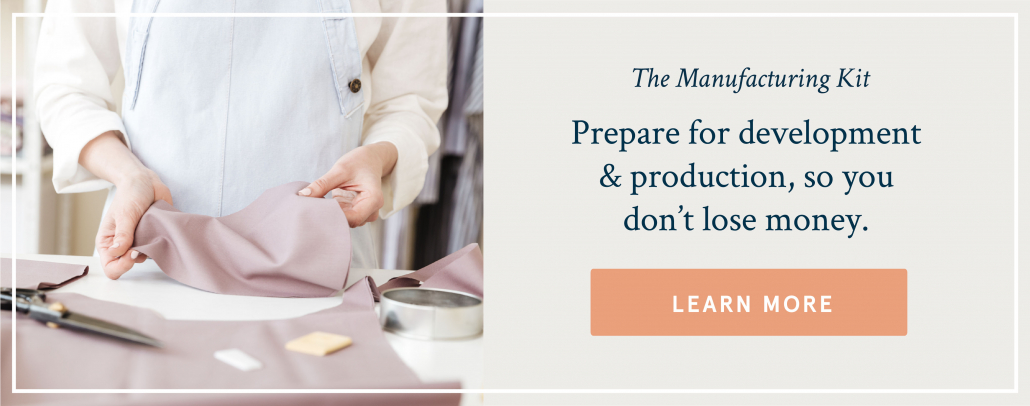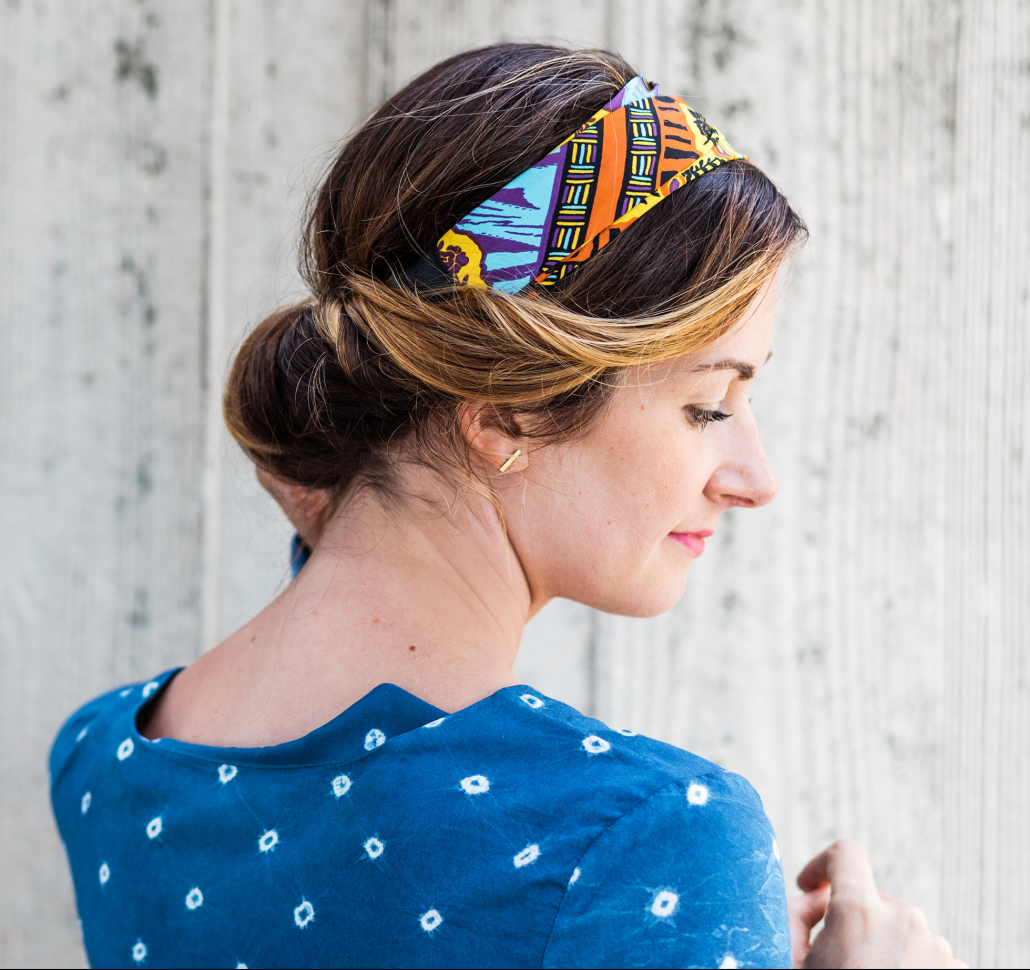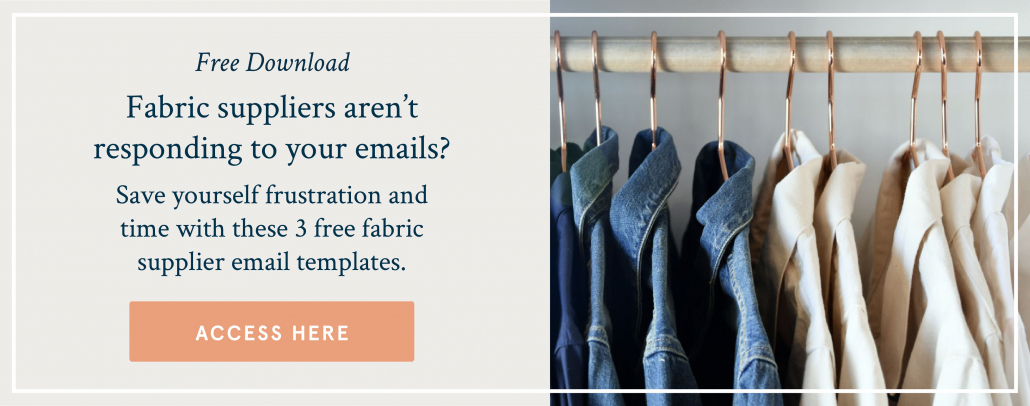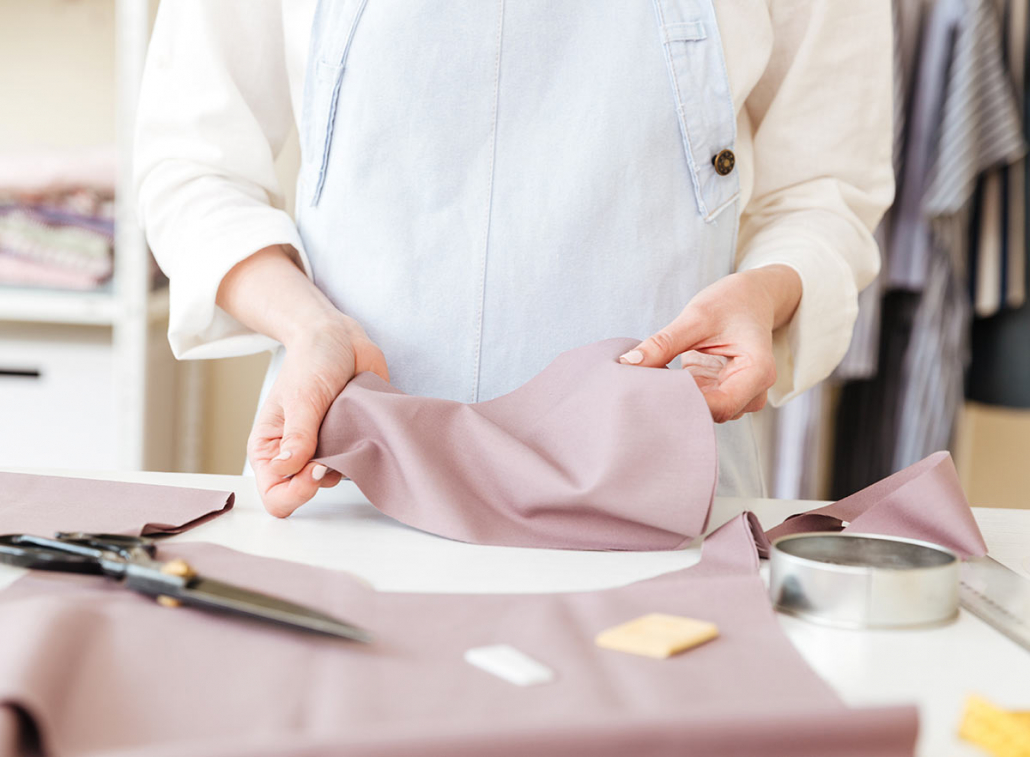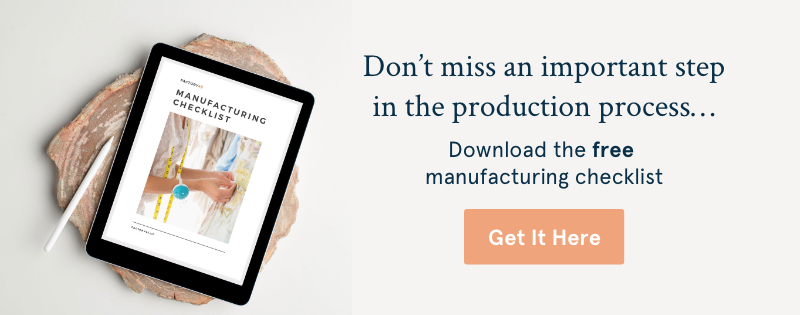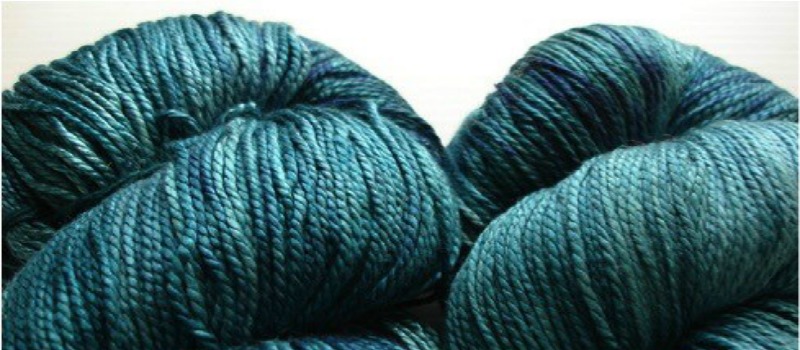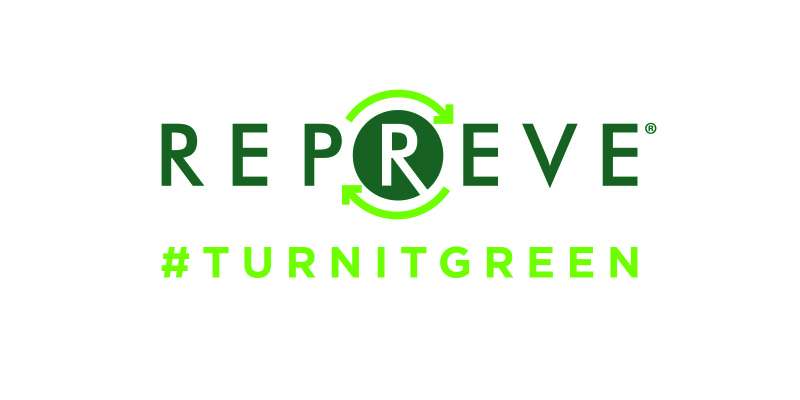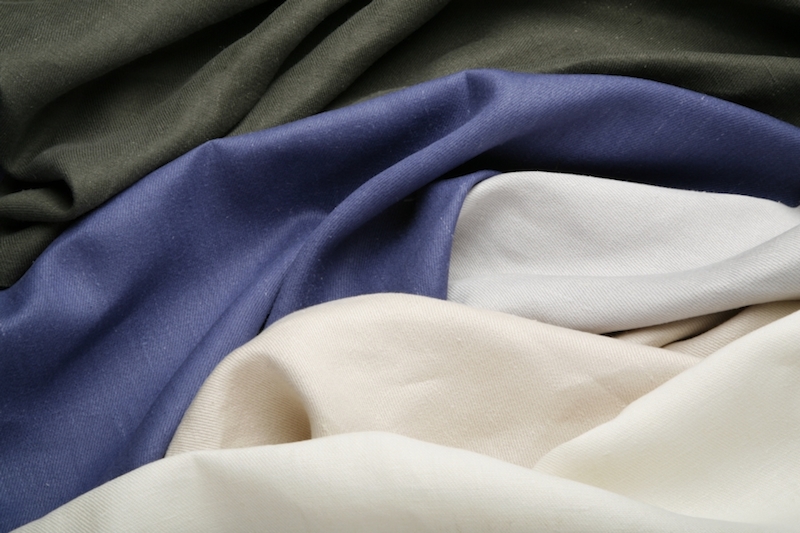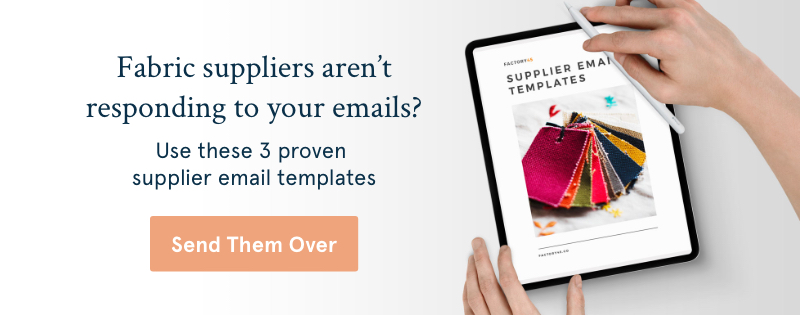If you’ve been in the fashion industry for a while or if you’re thinking about launching your own brand, you’ve likely heard advice, or maybe even rumors, that have stopped you in your tracks.
What’s true, what’s outdated and what’s simply false? Today I’m going to touch on five of the big myths that I hear most often:
1.) I can’t talk about my idea because someone will steal it.
It always makes me a little sad when I hear this because it’s fear-based thinking. And this type of mindset has no place in entrepreneurship.
The truth is, 99% of ideas never see the light of day. The chances of someone hearing about what you’re working on, stealing the idea and then actually launching and selling it, are slim.
That’s not to say it doesn’t happen on occasion, but your energy is so much better spent focusing on executing your vision and doing it your way. After all, your unique way of doing things is what is going to set it apart from the competition.
If you’re still not convinced, I’ve written about copycats and competition extensively here and here.
2.) If you build it, they will come.
As nostalgic as this expression may be for baseball fans, it simply doesn’t hold up when it comes to starting an apparel brand.
That’s all to say, just because you complete a sample run, finalize your patterns and find a production partner, doesn’t mean that you’re set up to sell.
It’s estimated that about 75% of your pre-launch work should be dedicated to building an audience before you launch. That’s right, pre-production only makes up a quarter of your overall business strategy.
One of my most overused expressions is, “Don’t launch to crickets.” In other words, if you haven’t been building up buzz around your launch for months – yes, months – then it’s likely your sales will reflect that.
Within the Factory45 program, we dedicate 11 weeks to pre-launch marketing alone. In fact, Factory45’er Morgan Wagstaff says:
“The greatest gain for me was Shannon’s insight into marketing and launch strategy. I was able to connect with and get my brand in front of like-minded people because of the concepts and tools laid out in the course and that made a world of difference.”
3.) Suppliers will tell you what type of fabric you need.
Not true, and to be honest, they shouldn’t have to. Despite what you may think, it is not a supplier’s or manufacturer’s job to educate you. And you’ll start off on the wrong foot if you’re expecting that.
If you don’t know how the manufacturing industry works, how to place a fabric order, what you need for production, etc., then you should go back to the drawing board, do some research, read some blogs, books or hire someone to help you.
There are some surefire ways to shoot yourself in the foot before you’ve even really started and you need to learn what those are before you expect suppliers to give you their time. The sourcing network within the U.S. is relatively small, too, so you want to do whatever you can to avoid getting a reputation as *that* person.
4.) If you want to be taken seriously, then you have to go to fashion school.
I wrote about this last week and was happy to hear so many positive reactions. If you missed it, you can read it here.
5.) You need at least $500,000 or a celebrity endorsement to get started.
That may have been true years ago, before the internet and crowdfunding, but nowadays the average Factory45’er has been able to launch their first collection with just $20,000.
If that sounds like a lot, remember that this isn’t $20,000 you’re expected to have lying around in your bank account.
Through the work we do in Factory45, I teach all of my entrepreneurs how to raise money in a way that allows you to test the market and get your early customers to finance your first production run for you.
Too good to be true?
See for yourself here, here and here. (There are many other examples on our Alumni Stories page here.)
There are lots of other “myths” I’ve heard over the years and one of the things I love most about my work is being able to bust those myths.
The Factory45 philosophy proudly goes against fashion convention, and I’m excited to work with a new group of entrepreneurs this year who aren’t afraid to think outside the box, too.



